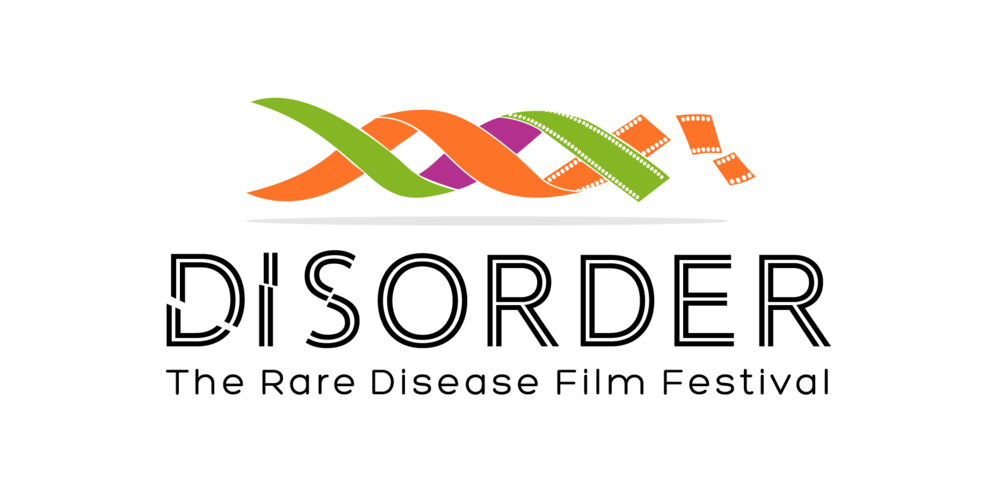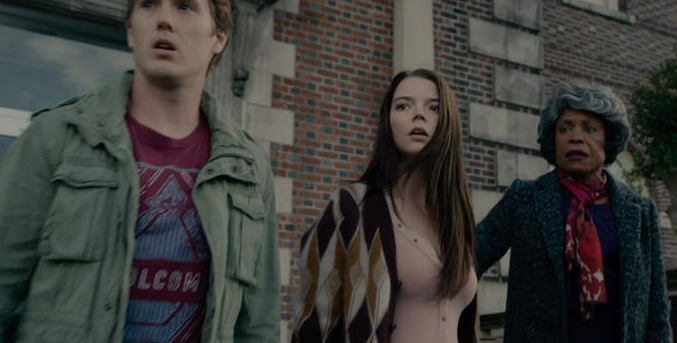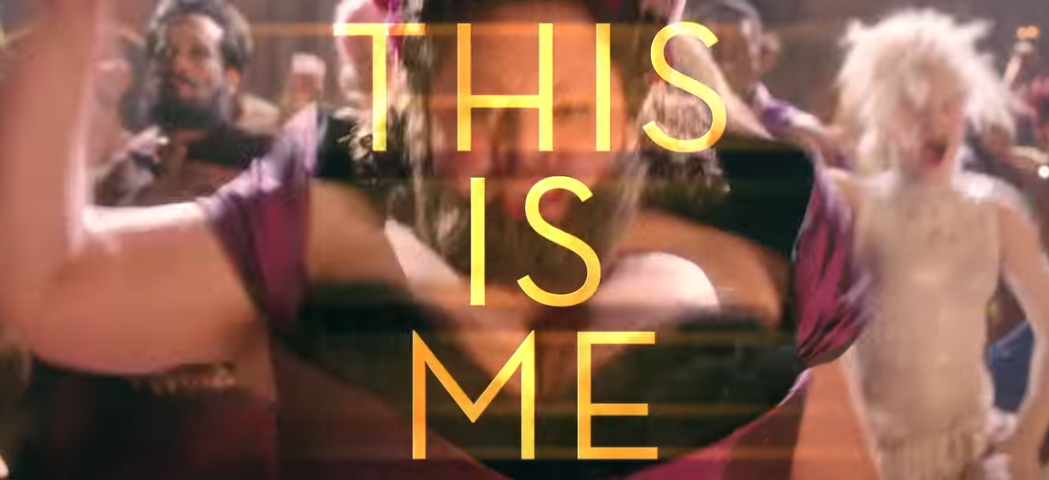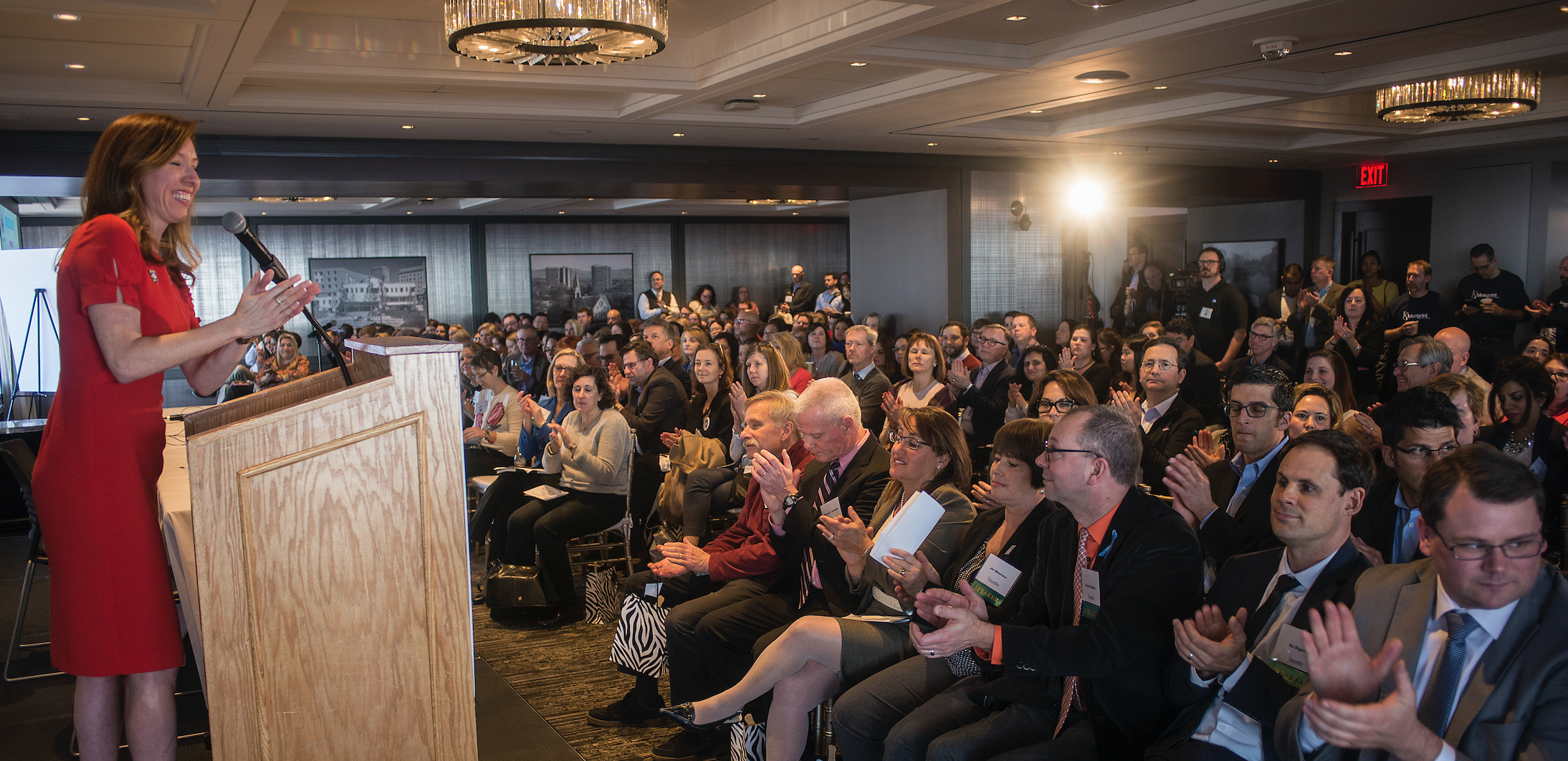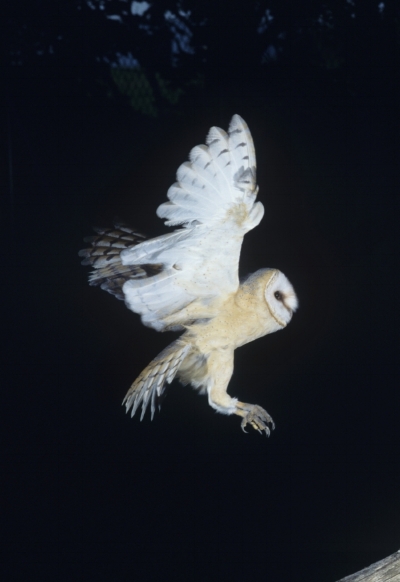Regular readers of this blog might accuse me of finding a rare disease connection in every movie I watch. But that doesn't mean I'm wrong. Did you hear the one about the superhero trilogy that has a rare disease at its core and ends its three film plot arc with an effort to get an awareness video seen by the world? It started back in 2000 with M. Night Shyamalan's “Unbreakable”. The Elijah Price aka Mr. Glass character has the rare disease osteogenesis imperfecta, giving him fragile bones. His physical limitations lead him to focus on the powers of his mind instead.
In 2016 “Split” came out as a surprise sequel of sorts to “Unbreakable”. And this year we got the third film in the series “Glass”.
Spoilers ahead for all three films.
One of my favorite moments in “Glass” is a flashback to Elijah Price at around age nine. He wants to do want other kids get to do despite the limitation of his rare disease. He's clever enough to adapt the situation to his needs. So when he decides to ride a tilt-o-whirl called the Night Cyclone at a carnival, he comes prepared with two giant plush prize animals as cushioning for either side of his seat and his sweater gets wrapped around the handle bar to insulate it. He's brilliant but he's still nine so he's naive and over confident. His improvised accommodations fail him and he is badly hurt while his mother watches helplessly until the ride comes to a stop. That's fiction but it feels pretty true to a young rare patient and parent's experience.
The caregivers in “Glass”.
A related device, at least tonally, is the important role of a family member caregiver for each of the three exceptional characters. Mr. Glass has his mom. Bruce Willis's Overseer has his son. And Kevin Crumb has Casey. They advocate for their loved ones and work to ensure their care and safety. And they are with them at their deaths. Ultimately the success of Mr. Glass' plan is witnessed by the three of them sitting side by side, united in by this extremely rare connection.
Another motif through the three films is the power of touch. David Dunn can touch someone and see the evil inside them. Mr. Glass can not (or should not) be touched at all and this basically means he can't be saved. Casey Cooke's touch has the power to heal by bringing out the Horde's best self, it's true self: Kevin. I'd argue that Shyamalan takes a very medical approach to superheroes in this trilogy. His father is a neurologist and his mother is an OB/GYN. So it makes sense that the power of touch, both healing and damaging, occurred to him.
The theme of believing in one’s self in the first two films shifts to getting the owrld to believe in the third film.
When “Unbreakable” was released some critics bashed it for being only the origin story. A typical superhero film would wrap up the origin tale in act one. Even back then I admired the decision to focus almost entirely on the origin tale. Now having seen where the three films together take us I admire it more.
Near the end of “Glass” Elijah tells us that all of this (all three films) have only been the origin story. The earliest steps in a battle. And what is the first step in a rare disease battle? Awareness. Often an awareness video, that you hope will go viral and be seen around the world.
An awareness video to go viral.
Dr. Ellie Staple's job is to keep things together (get it staple?), to keep things normal. In her world there is no room to acknowledge or accommodate extra-ordinary people.
Mr. Glass' long game was to thwart those establishment powers and shatter (get it, glass?) the status quo that prefers no one know or care about people who are differently abled. Mr. Glass risks everything to turn a camera lens (more glass) on his abnormal peers and distribute an awareness video. A video that will ensure the world sees us, knows we exist and needs to accommodate us.
Did I say us? I mean super-powered people. Was that a delusion of grandeur?
“The broken are the more evolved.” - The Beast in “Split”
Trailer for Glass
